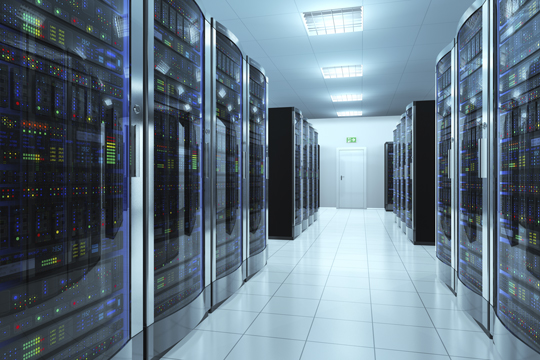Modern data centers are remarkably technologically complex, and keeping them running safely and efficiently requires continual close monitoring and management.
Maintaining the correct temperature is among the most important tasks faced by data center managers. Should the temperature and humidity rise to excessive levels inside the data center, condensation can start forming, damaging the machines within. This can cause massive damage and disruption, so it must be avoided at all costs. Fortunately, various technologies are on hand that can help keep data center temperatures at the right level.
There are numerous ways to cool a data center. Indirect air cooling uses external air, but by including an air-to-air heat exchanger, the outside air is kept in a separate loop, providing cooling without entering the server room.
Indirect cooling methods benefit by not contaminating the inside air with outdoor air pollutants and humidity. A heat exchanger keeps both airstreams separated while transferring the heat from the inside to the outside of the data center building. Consequently, the ambient and indoor air never mix.
Dry cooling is usually sufficient if the data center is located in a consistently low-temperature area, meaning no water is involved. However, by spraying water on the ambient air side of the heat exchanger, an evaporative effect is achieved, resulting in a lower indoor air temperature. This method is called indirect evaporative cooling (IEC).
Ideally suited for warm, dry climates, IEC provides excellent cooling potential with low operational- and first-cost. Ambient temperature reductions of 6-8 °C (10-15 °F) are typical in summer conditions. IEC provides up to 28% in energy savings compared to conventional free cooling and 52% to air-cooled Free Cooling alternatives.
Evaporative cooling requires a plate heat exchanger that balances high efficiency with low pressure drop, offers solid corrosion protection, and reliable water tightness. Cross-flow heat exchangers meet all these requirements while providing outstanding cooling capacity.
Our crossflow heat exchangers, especially with evaporative cooling technology, provide an efficient, low-cost, and environmentally friendly alternative to traditional cooling methods.
